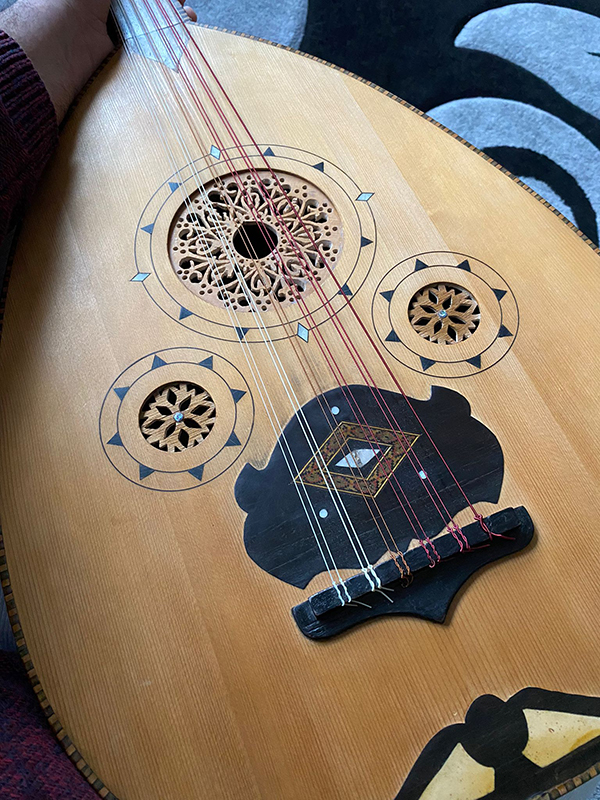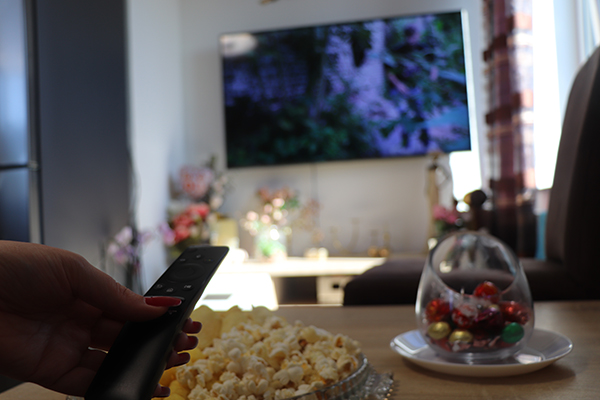By Sameer Ibrahim
The oud is a short-necked lute that is considered one of the most important musical instruments in the Arab world. The oldest depiction of an oud can be found on an ivory vessel from Córdoba in Andalusia, Spain, dated to the year 868. Preliminary forms of the instrument already existed in Mesopotamia during the Akkadian period around 2350 B.C. Similar instruments were also used in ancient Persian and Syrian culture.
The musician and “singer with the sweet voice”, Ziryab (789-857), came from Baghdad to Andalusia and founded the world’s first music school in Córdoba. He is said to have added a fifth string to the oud. Via Andalusia, the oud became the forerunner of the European lute of the Middle Ages. Ziryab, a contemporary of Caliph Harun al-Rashid, also brought innovations for cultivated eating and drinking from Baghdad to Andalusia and thus to Europe: for example, glass vessels or perfumed napkins.
To this day, the inhabitants of Mesopotamia are among the most skilful oud makers and the most creative players. In the 20th century, the famous Iraqi musician Munir Bashir was one of the most important oud players. The oud initially had one string and was extended to two, three and four strings until it finally reached eight strings with the present-day Iraqi musician Naseer Shamma. He created the eight-string oud after coming across a thousand-year-old manuscript by the philosopher and music theorist Al-Farabi about an eight-string oud through a German musicologist in the Chester Beatty Library in Dublin. This increase in the number of strings enriched the instrument and gave it a variety of new sound possibilities.
The contemporary oud genius Naseer Shamma says: “In a house where there is music or an artist, you can be sure that no fanatic, extremist or terrorist will come from there.” He was appointed an ambassador and artist for peace by UNESCO and founded the “Arab Oud House” in Cairo as a training centre for playing the oud. The first female oud orchestra with ten female players was also created there to increase the presence of women in the Arab music world. Naseer Shamma also invented a method of playing the oud with one hand to enable many Iraqis injured in the Gulf War to play the oud.
Audio samples of works by Naseer Shamma can be found on his homepage:
Listen | Naseer Shamma (shammamusic.com)
tun23101708
Die Oud ist eines der wichtigsten Instrumente in der arabischen Welt. Foto: Rabie Abu Zayn.
002287




